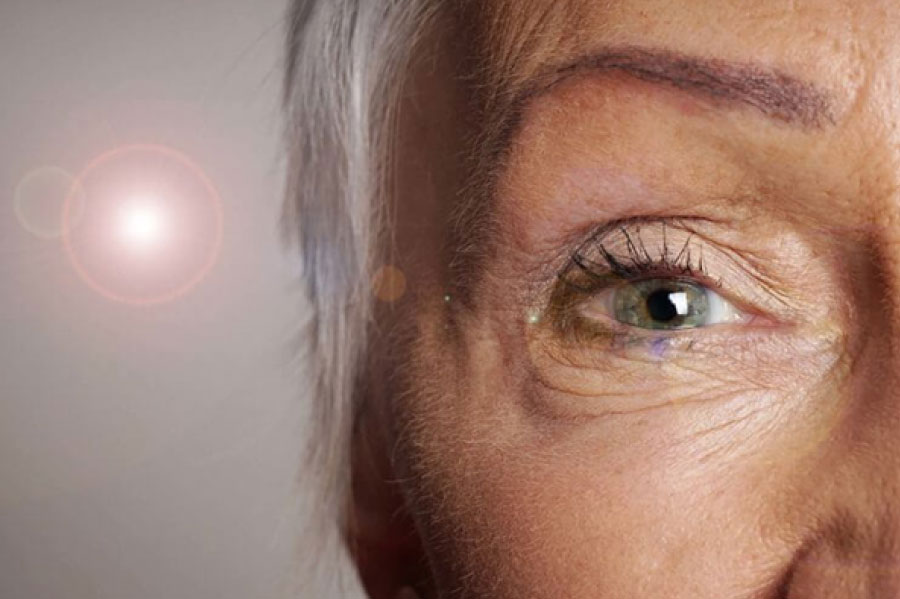Every day we use our eye lens for reading, driving, watching television, observing things around us, etc. As we age, the natural eye lens loses its elasticity and gradually becomes clouded. The vision becomes blurry and those are the first signs of a cataract.
Some people develop a cataract at an early age. It often happens to those who are not inclined to wear sunglasses with appropriate UV protection, smokers, diabetics, people who use corticosteroids, or are exposed to various types of radiation every day.
Recent US studies have shown that more than 20 million Americans over the age of 40 have a cataract on one or both of their eyes.
1. Blurred vision
Cataract at an early-stage has no symptoms connected to visual acuity. Some specific images around you may seem blurry as looked at through fog or water. However, over time, more and more things that are being looked at become clouded, blurry, and pale.
2. Night drive
As the cataract progresses, the image that the eye sees takes on yellow and brown shades. It begins to affect night vision and makes night driving much more difficult.

3. Glare
Light sensitivity is also one of the symptoms of a cataract to such an extent that glare can be even painful.

4. Halo Effect
Clouding of the eye lens can cause an irregular dispersion of light entering the eye. This can result in the appearance of a halo effect. Halo is the dispersion of light in the form of rings around the light source, sometimes even in different colors. This can be particularly dangerous while driving, which is another additional reason why driving in cases of an early stage cataract is not recommended.

5. Glasses are no longer good enough for you
If it seems to you lately that your glasses are becoming too weak and no longer right for you, there is a great possibility that you have a cataract or some other eye disease. Rapid change of the diopter and eye condition should be checked immediately during a specialist ophthalmic examination.
6. Yellow-brown world
With the progression of cataract, due to sclerosis and changes in the protein composition of the ocular lens, the lens may become yellow or brown. This results in a kind of blocking of blue and violet light, and the colors we see become yellow or brown. More precisely, there is a decrease in the ability to recognize the colors. After the surgery of removing clouded eye lenses and artificial lens implantation, the patients are often surprised to recognize colors again.
7. Double vision
Eye lens diffraction in the case of cataract can often cause double vision.
Besides cataract, double vision can also be caused by:
• Brain tumor
• Rupture of membranes
• Multiple Sclerosis or
• Heart attack
To determine whether you have a cataract or not, call the Polyclinic Bilić Vision at 01/4678 444 or make an appointment online by clicking on the link: Cataract eye exam.